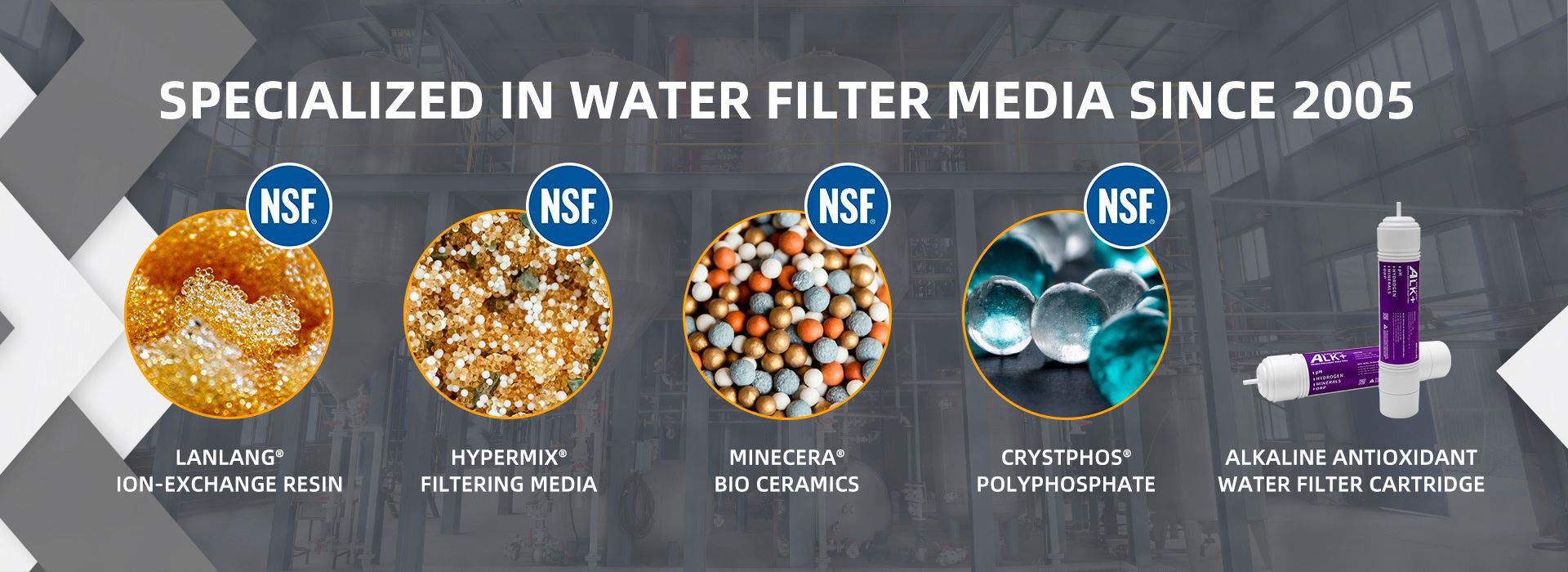I. Basic introduction:
Different from ion exchange resins, chelating resins do not exchange ions when adsorbing metal ions in solution, but form complexes with metal ions by multi-coordination functional groups on polymers. For example, imidodiacetic acid resin forms a 1:1 complex with divalent metal ions in the weakly acidic and neutral range. Imidodiacetic acid is a chelating functional group. We call this resin a chelating resin.
II. Classification of chelating resins:
In terms of structure, chelating resins can be divided into two main categories. One is the chelating group as the side group of the polymer, and the other is the chelating group on the main chain of the polymer.
1. The chelating group is on the side group, and the chelating group acts as the side group of the polymer. L is the ligand and Mn+ is the metal ion
2. The chelating group is on the main chain, and the chelating group is on the main chain of the polymer
3. Chelates have the following characteristics:
(1). Chelating effect: Chelates are more stable than the corresponding monocoordination compounds, for example, the tri (ethylenediamine) cobalt complex Co(NH2CH2CH2NH2)3 is much more stable than the hexammine cobalt Co(NH3)6. This phenomenon of increased stability due to the formation of chelating rings between multiple ligands and metal ions is called chelation effect.
(2) Stability rule. The stability of metal chelates varies with the type of chelate groups, the structure of chelates and the type of metal ions, and generally has the following rules:
①. Ring structure, five yuan is stable compared to six yuan ring. If the chelate ring contains double bonds, sometimes the six-membered ring is more stable.
The stability of the complex formed by the same ligand with different metal ions increases with the increase of the positive charge and the decrease of the ionic radius.


